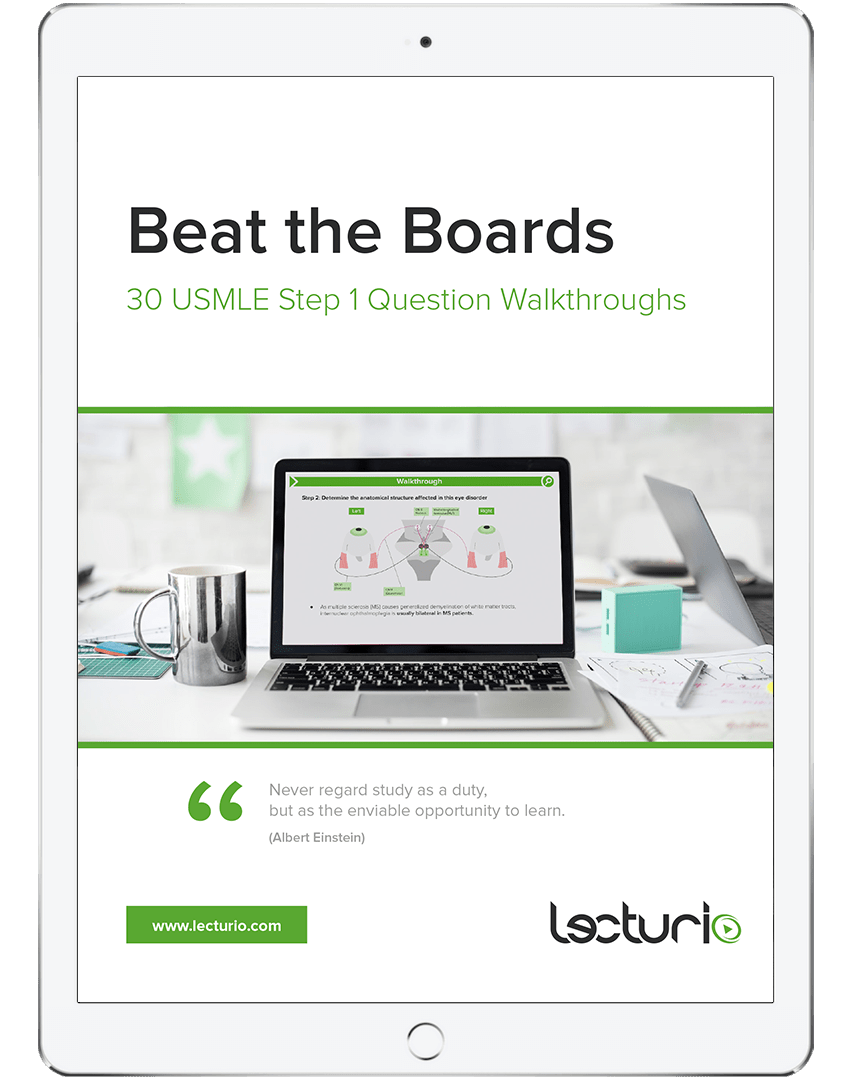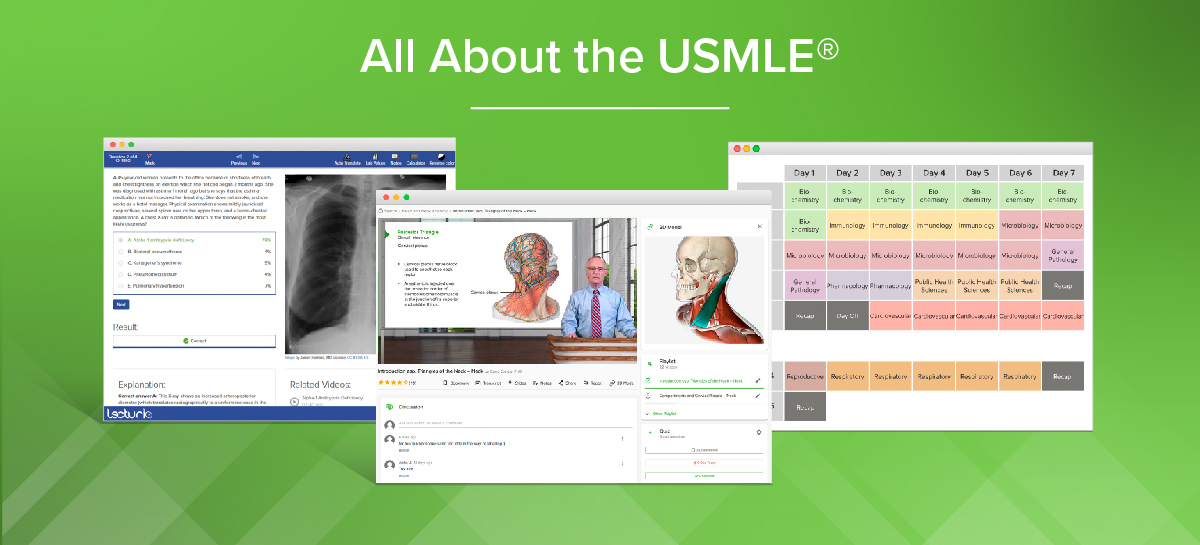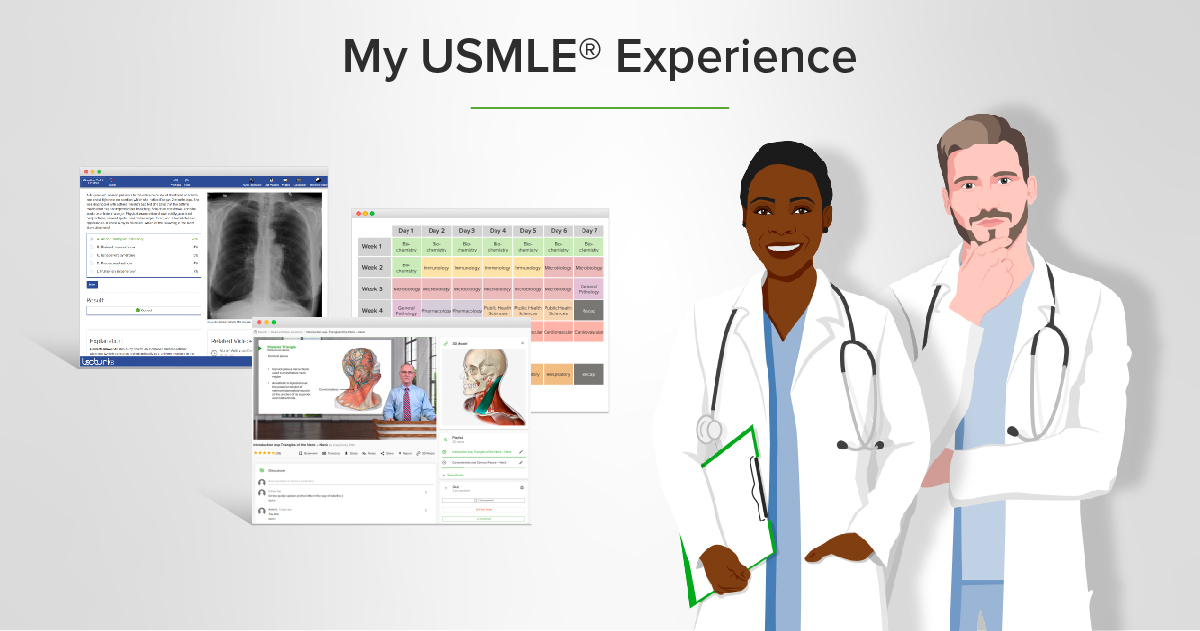The USMLE Step 1 is a high-stakes exam, and a good score on Step 1 is one of the most important factors in getting into a competitive residency program. This exam assesses your understanding of basic concepts and their application to clinical medicine. Because this exam will focus on application, your study plan needs to make provision for understanding and not just cramming.
This post is not just another old-fashioned study schedule. It’s a guide to building a study plan that is results-driven and uses modern technology to help you achieve the results you want.
Building a Custom Study Schedule
Assess your baseline
Before you start studying, it’s always beneficial to assess your baseline. This will help you understand where you are in terms of studying and what areas will need focus. There are many ways to do this, such as using NBME self-assessments, Q-banks, or AI-generated insights on your readiness.
Here are some AI prompts you can use to give you an assessment of your baseline understanding:
- Ask me 10 questions that cover all major areas of USMLE content. Based on my performance, suggest which resource I should prioritize for each subject.
- Ask me to list which organ systems I find most intuitive and which I find most confusing. For each one, ask me to describe:
- One topic I could teach someone else
- One concept I often mix up
- Whether I understand how it connects to other systems
Summarize the responses into ‘well-integrated’, ‘needs integration,’ and ‘poorly understood’ systems.
How to set up a realistic study timeline
Here are study plans based on how much time you have to prepare for your exam and what your baseline knowledge is:
| The 3-month study plan | The 6-Month study plan | The 12-month study plan |
| Works well if you have a foundational understanding and need intensive, focused preparation. Weeks 1–6: foundational review Daily Focus: Watch Lecturio lecture videos. Review the corresponding sections in First Aid. Use flashcards for active recall of the main concepts. Weeks 7–10: integration and practice Daily focus: Do Qbank questions, focusing on mixed topics. Review incorrect questions. Start taking practice exams to assess your progress. Weeks 11–12: final review Activities: Complete the remaining Qbank questions. Take NBME practice exams and UWSA assessments. Review high-yield topics and weak areas identified in practice tests. See our 99-Day Study Schedule for USMLE® Step 1. | Works well if you need a balanced approach that will give time for in-depth study and concept reinforcement. Months 1–2: comprehensive review Daily focus: Study foundational subjects. Use resources like First Aid, Pathoma, and Sketchy. Begin doing 1 Qbank block per day. Months 3–4: system-based study Daily focus: Deep dive into organ systems: Cardio, Neuro, GI, etc. Increase Qbank practice to 2 blocks per day. Regularly review and update flashcards decks. Months 5–6: assessment and refinement Activities: Complete NBME practice exams to identify weak areas. Focus on high-yield topics and frequently missed questions. Finalize your study with comprehensive reviews and practice tests. | Works well for International Medical Graduates or those who need more time Months 1–3: foundational knowledge Focus: Study basic sciences. Use Lecturio lectures and notes for a deeper understanding of each section. Use flashcards for long-term retention. Months 4–6: organ systems Daily focus: Study major organ systems. Integrate Pathoma and First Aid into your daily study. Start practicing by doing 1 Qbank block per day Months 7–9: advanced topics and integration Daily focus: Cover remaining systems. Increase Qbank practice to 2 blocks per day. Start practice exams to assess readiness. Review incorrect answers. Months 10–12: final preparation Activities: Complete Qbank questions. Take UWSA assessments and Free 120. Focus on weak areas and high-yield topics. Rest and mentally prepare before the exam. |
The balance between active and passive learning
When studying USMLE Step 1, you need to balance active and passive learning. Passive learning learning is where you absorb information provided by an instructor or a textbook, without actively interacting with it. Active learning is a study method in which you actively engage in learning. Balancing these two methods of learning allows you to use the benefits of each technique in a way that works with your learning style and the subject matter.
High-Yield Resources: What to Use & What to Skip
There are so many online resources you can use to prepare for your USMLE Step 1 exam, and I’m sure you’re wondering what to use and what to skip. Don’t worry, we’ve researched for you, and we’re going to explain how to use each one to get the best score.
AI-augmented study tools
In 2025, we have modern AI tools that can help make your exam preparation so much simpler, but don’t use AI to replace traditional studying. Use AI to automate repetition, simulate questions, and create reports based on where you are in your understanding.
Lecturio
At Lecturio, we combine video lectures, quiz questions, and AI-driven spaced repetition. Our resources work really well for visual learners who want a structured study plan with integrated assessments and feedback.
ChatGPT and other AI Platforms
Use ChatGPT and other AI platforms to generate clinical scenarios or patient cases, quiz you on weak topics, and create rapid-recall drills based on your First Aid or Pathoma notes.
Tip for using AI in your learning: Don’t just read or click. Type answers, explain your thinking, and ask follow-up questions or explanations to help you form an understanding of each topic.
Avoiding resource overload: the 80/20 Rule for high-yield learning
When you’re preparing for USMLE Step 1, more isn’t always better. There are so many resources out there, and it’s easy to fall into the trap of trying to do everything.
Use the 80/20 rule: roughly 80% of your score will come from 20% of the most high-yield material.
Instead of spreading yourself thin, focus on core resources and use other tools only if you need clarification. When you wonder what tool to use, ask yourself:
- Is this resource helping me actively learn, or just making me feel productive?
- Am I reviewing the same topic in three places when one would be enough?
AI and Efficiency Hacks
We’ve already discussed how AI can make a major difference in how you approach the USMLE. But there are some other ways that AI can make your studying easier and faster.
Using AI-generated explanations for weak topics
If you find that you are stuck on a concept, instead of rewatching a video or rereading the textbook, ask AI to explain it to you. AI tools like ChatGPT can:
- Break down complex topics into simpler language or analogies.
- Explain the same idea multiple ways until it sticks.
- Compare and contrast confusing concepts (e.g., nephritic vs. nephrotic syndrome).
- Help you quiz yourself or simulate a teach-back session.
Example AI prompt:
“Explain the difference between T and B cells like I’m in first-year med school.”
Use AI as a study buddy but not a crutch. Remember always to fact-check important explanations with trusted resources.
Automating spaced repetition
Spaced repetition is a scientifically proven study technique where you review material at gradually increasing intervals. This helps strengthen your memory over time and makes it less likely that you’ll forget what you’ve learned. It has been shown to improve long-term retention and reduce the total hours needed to study.
Although spaced repetition is a great way to study and reduces the total hours needed on a topic, it can be a time-consuming process to keep track of. AI tools can track what you forget, prioritize what you need, and optimize review timing, saving you precious time.
Lecturio smart spaced repetition:
Our platform tracks your quiz performance and automatically pushes weak topics into your review schedule.
AI-based flashcard generators:
AI platforms like ChatGPT can help create flashcards directly from your notes and Lectures. Just paste in a topic and ask it to generate cloze-style or concept cards.
If you combine AI with spaced repetition, you can free up time and get progress reviews with less effort, so that you can focus on application-based studying.
QBanks and Active Recall: The Science of Retention
After studying your concepts, it’s important to test whether you can recall and apply the information. That’s where question-based learning comes in. If you spend the bulk of your study time answering questions, you’re training your brain to retrieve and apply knowledge under pressure, just like you’ll need to on exam day.
Studies show that active recall and retrieval practice lead to stronger retention than passive methods. Whether you’re getting questions right or wrong, the process forces you to think, analyze, and learn from feedback. Doing questions isn’t just review, it’s actually studying.
The best way to approach Qbanks
Question banks, when used correctly, can be really beneficial in your USMLE preparation, but sometimes students make mistakes that can limit the benefits of Qbanks.
Common mistakes
- Saving questions for “later” instead of starting early
- Treating questions like a test, not a learning opportunity
- Focusing on the correct answer, and not on the reasoning behind all answers
- Speeding through explanations without reviewing related information
- Not tracking mistakes, so the same gaps resurface again and again
How to use Qbanks better
- Start early and don’t wait until you’ve “covered everything”
- Use tutor mode for your first pass to learn as you go
- Read every explanation, not just the one you chose
- Integrate important points into First Aid and your flashcards
- Review weak topics weekly
How to review incorrect Qbank answers
Sometimes, when you’re rushing to learn all your topics, you might feel like you only have time to skim over incorrect QBank answers. When doing Qbanks, don’t just look at what you got wrong, spend time learning why you got it wrong. Here’s a step-by-step on how to review your Qbank answers.
Step 1: Read the full explanation (not just the correct option)
Even if you think you “almost had it”, read the entire explanation. Understand why each distractor was incorrect and what clues ruled them out. This information will be helpful when you take the exam because you have learned how to rule out options correctly.
Step 2: Identify how you make mistakes
Ask yourself:
- Did I misread the question?
- Was it a knowledge gap?
- Did I overthink it or rush?
- Did I fall for a test-taking trap?
Step 3: Summarize the core learning point
Briefly explain why the correct answer is right. If you can’t teach it, you haven’t learned it.
Step 4: Link it to a resource
Highlight the incorrect answer in First Aid, add it to your flashcards deck, or write it down in your notes or QBank journal. This makes it easier to review later without having to re-read the full explanation.
Step 5: Revisit incorrect answers in 1–3 days
Flag the question or learning point and revisit it in a few days. This is considered spaced repetition, and it helps when you focus on your weakest points.
Last-Minute Strategy and Test-Taking Tips
The 1-week cram plan
Being short on time doesn’t mean you’re out of options. Here is a 7-day cram plan to help you make the best of the week before your exam.
- Focus on active recall and practice questions rather than on passive review
- Stick to high-yield topics only
- Use spaced repetition for retention
- Focus on your daily goals
- Schedule a practice test a day or two before the real thing
Remember, you won’t be able to learn everything in a week, but you can make the most of the time you have.
Simulation and test-day mental preparation
Test day is a marathon. It not only tests your knowledge but also your mental endurance. As you know, Step 1 is an 8-hour exam, and if you don’t spend time working on your stamina, even if you’re well-prepared, you might burn out halfway.
Start simulating full-length exams at least a month or two before your actual test by using practice exams or back-to-back Qbank blocks. Time yourself strictly, sit at a desk, and avoid distractions. When you’re doing a test simulation, treat it like the real thing. Wake up before your scheduled exam time, eat your test-day breakfast, and follow the same break routine you plan to use on your test day.
Break management needs to be part of your strategy. Plan how you will take your breaks before the time. When you take a break, use the time to refocus. Make sure you hydrate, eat something, and mentally prepare for the next blocks.
Train as if you’re training for a sporting event. Start small and do one or two blocks a day, and gradually work up to doing three or four in a row. In the weeks before your test, try to complete at least one or two full simulations. This kind of training helps to reduce the anxiety of the unknown and smooth out energy dips. Without this kind of training, you might peak early and fade in your final blocks, and this is where scores often dip.
Conclusion
Studying for the USMLE Step 1 involves forming clinical reasoning and test-day resilience. Whether you have 3 months or a full year to prepare, your success depends heavily on choosing the right resources, using active learning strategies, and staying consistent.
Here’s a summary of how you can start preparing for the USMLE
- Assess your baseline with a self-reflection or AI-guided audit
- Choose 2–3 core resources and stick to them
- Spend 80% of your time on active recall
- Use AI tools to explain weak topics, automate studying, and simulate questions
- Start doing full-length simulations at least a month before your exam
- Review incorrect QBank answers thoroughly, not just quickly
- Track your energy, progress, and burnout symptoms weekly
Ready to start preparing?
If you’re looking for a powerful platform to combine videos, quizzes, and smart spaced repetition in one place, try Lecturio’s Qbank and Free USMLE Step 1 Practice Questions today.






